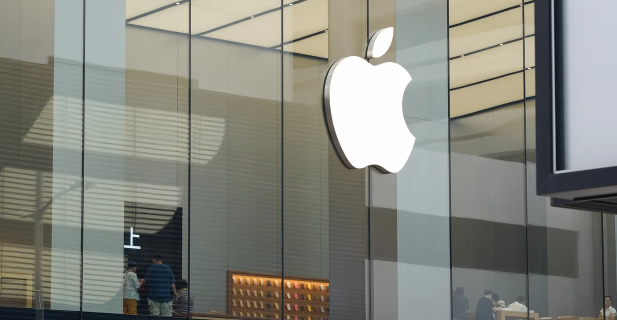Apple Ordered to Pay $14.4 Billion to Ireland Amid EU Crackdown on Tax ‘Sweetheart Deals’

Apple has been ordered to pay $14.4 billion to Ireland after the European Union (EU) ruled that the tech giant benefited from illegal tax advantages. This hefty penalty comes as part of the EU’s broader crackdown on “sweetheart deals,” where multinational corporations allegedly pay far less in taxes through favorable arrangements with specific countries.
The European Commission initially issued the ruling in 2016, arguing that Apple’s tax deal with Ireland violated EU state aid rules. Under the agreement, Apple paid a much lower effective tax rate on profits in Europe, allowing the company to funnel billions in profits through Ireland while avoiding higher taxes elsewhere. The ruling accused Apple of paying as little as 0.005% in taxes on European profits in some years.
Despite Apple’s efforts to appeal the decision, the EU’s General Court reaffirmed the ruling, stating that the arrangement gave the company an unfair advantage over competitors. Apple has consistently denied any wrongdoing, claiming that it follows international tax laws and pays what it owes in every country where it operates. However, EU officials maintain that Apple’s tax structure allowed it to avoid paying its fair share.
Ireland, which had initially resisted collecting the funds, now faces pressure to recoup the $14.4 billion, plus interest. The Irish government, while benefiting from Apple’s presence in the country, argued that the EU’s decision undermines national sovereignty over tax policies. Still, EU officials see this as a landmark case in their mission to tackle aggressive tax avoidance by major corporations.
This decision sends a strong message to other tech giants and multinational companies that the EU is serious about closing loopholes and enforcing fair tax practices. With this case now concluded, it is expected to set a precedent for future tax-related disputes between corporations and governments across Europe





